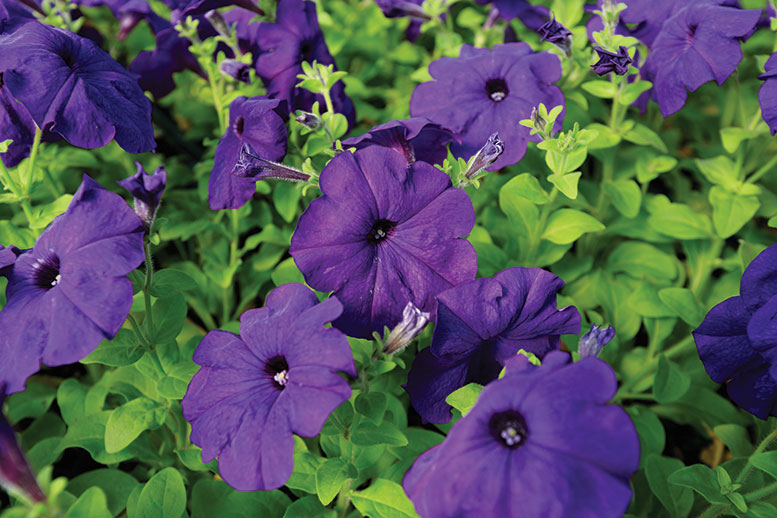A few planting pointers
According to Fort Worth gardening guru Howard Garrett, here’s how to prepare beds for planting annuals and perennials.

A few planting pointers
According to Fort Worth gardening guru Howard Garrett, here’s how to prepare beds for planting annuals and perennials.
If you’re planting in previously unworked soil, do not remove the native soil — it will be an important ingredient in a successful planting mix.
Remove all unwanted vegetation by hand, including grass, weeds and other plants completely before tilling either with a fork or mechanical tiller.
Tilling will force the reproductive parts of grasses and broadleaf plants into the ground where they can reproduce.
Don’t amend the bed with peat moss, pine bark or washed concrete sand.
Don’t till when the soil is wet. Working wet soil causes the soil particles to squeeze together and eliminate air spaces needed for healthy soil life.
Raised beds are optimal in Texas clay soils, but simply tilling and amending native soil will cause some lifting.
A good organic amendment formula for Texas soil is:
- 2 lbs. per 100 sq. ft. (4” – 6”) compost, dry molasses or other organic fertilizer
- 10 lbs. per 100 sq. ft. each, lava sand and zeolite (a volcanic mineral)
- 4 lbs. per 100 sq. ft. greensand (a mineral mined from ocean deposits also known as glauconite)
- ½ inch decomposed granite (optional)
Roto-till or fork these together with the native soil to a depth of 8 inches.
Always moisten beds before planting to give young plants’ roots plenty of hydration.
Mulch the beds after planting with 2 to 3 inches of organic mulch. Use shredded native tree trimmings for shrubs and ground cover and a thin layer of compost for annuals and perennials. Never pile mulch onto the stems of plants.
On the Web:
The Dirt Doctor — www.dirtdoctor.com
Related story:
Greenhouse effect

Your comments are welcome
Comments
Related Reading:
Features
Infographic: Minors
A wide variety of minors gives TCU students the chance to add depth to their majors or dive into new areas.
Features
Venture Capitalism 101
MBA students connect investors and startups in a Neeley program.